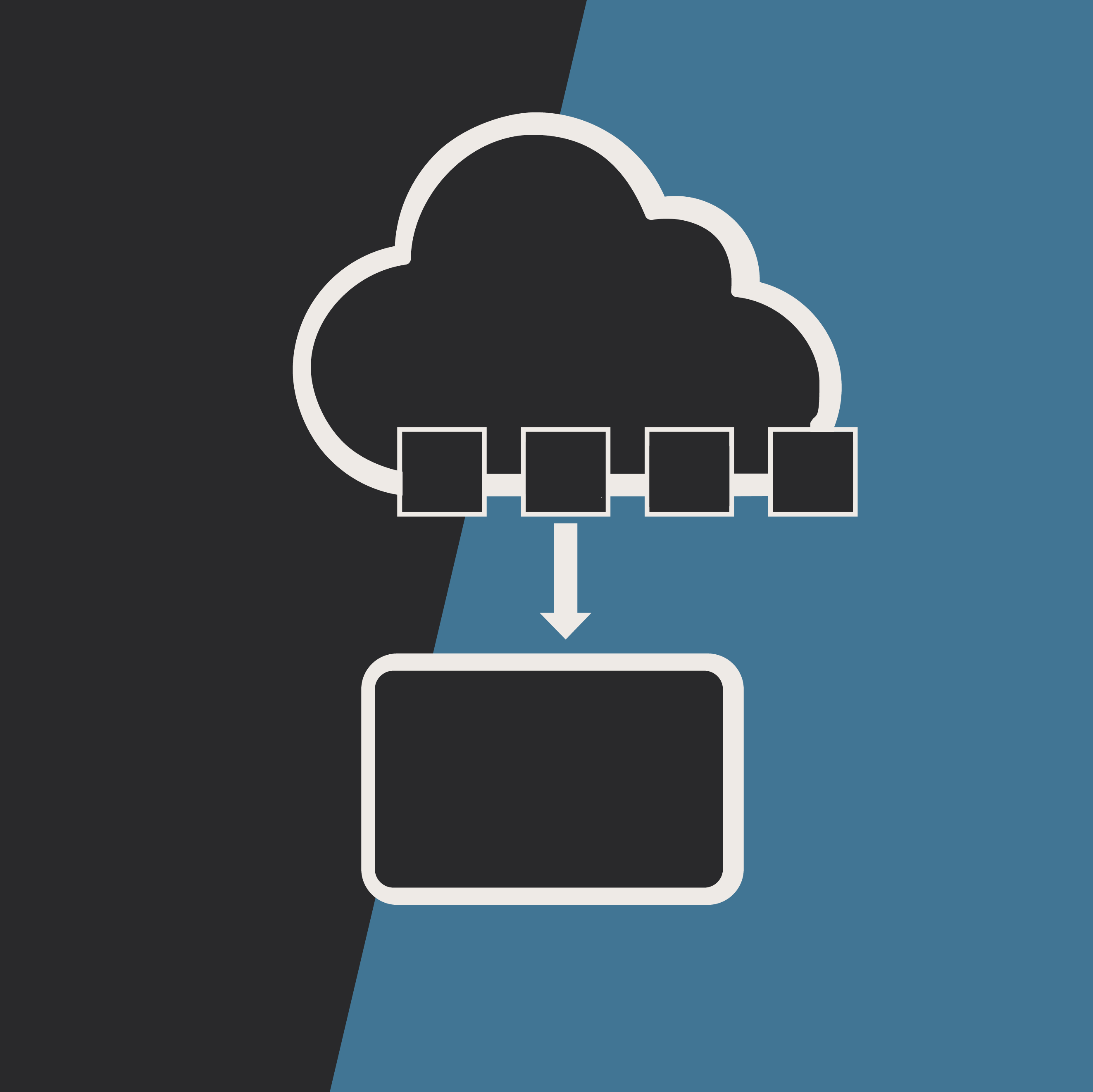How do you find a balance between structured and free-form content? Find out what one developer has learned after years of experience.
Free-form content is so…free
It allows for the easy flow of ideas, and communication flies freely on the wings of the perfect word.
When I started working on the web, oh so many years ago, the idea of structured content didn’t exist. We all just wrote HTML. Everything went into a <p> tag, or—and I can’t believe we did this—a table (we were so young and naive back then).
Then I started working with a CMS. I would like to say that velvet ropes began to part and champagne fell from the sky, but the truth is, that free-form philosophy was still deeply ingrained. All the CMS did was give me a decent web interface in which to enter my HTML. And everything was fine, as long as I was the one in charge of entering and maintaining all of that content. Unfortunately, things went downhill quickly when other people started to get involved. We had headlines in pink, images with rainbow-colored callouts, pages with everything they could think of on them, and others with nothing—it was chaos.
That’s when I realized free-form content isn’t free. It has a cost.
It costs you control—unless you are the one doing everything, and who has time for that?
It costs you consistency—unless everyone is diligent, conscientious, and actually pays attention to the style guides, and who is excited to do that?
It costs you time—and there’s never enough of that.
Structured content is so…restricted
It forces all of your nifty ideas into little boxes and fields, putting your perfect words behind bars.
Once I realized that free-form content wasn’t so great, I started taking a look at structured content. For Ektron, that meant smart forms. I may have gone a little bit overboard for a while. I put everything into smart forms. A list of items? No problem, here is a smart form with a repeatable group box to build that for you. You want a hyperlink? We can do that. Here’s a form with three fields for you to fill out in order to get that link on the page.
It worked, kind of. The pink headlines went away, and the only rainbows on the site were in pictures of the sky after a rainstorm. But there was still no champagne falling from the sky, and not one velvet rope parted for me.
I realized that I had gone too far toward the other extreme, and it had a cost.
It cost us the freedom to be creative—and everyone wants that.
It cost us the ability to be flexible—and everyone needs that.
It cost a lot of trust—because each project is unique, and I couldn’t deliver.
Back away from the extremes and proceed smoothly down the middle
When I started working for Diagram, I found that they already had some great solutions for doing exactly what I now know we should have been doing all along: find a middle ground between free-form and structured content. Smart forms to direct the users down the paths they need to go for consistency on the website, while still allowing for free-form content that plays well within that structure.
Would you like to have a tabbed interface? No problem! We have just the smart form to do that. How about multiple columns, which can include other content blocks? We have that covered too.
The great thing is that these experiences are not a complete failure if you learn something. My journey taught me that going to the extremes is rarely a good thing, and that what we need is a happy medium, some middle ground, where we have the structure for consistency, but are still able to be creative.
Do you want to be able to edit your website with the confidence that you can add whatever content you want while still maintaining a stylistic consistency? Contact us to learn more about how we can help you find this happy medium, or feel free to leave a comment below and share any questions or comments you might have about structured vs. free-form content.
Related Posts
Digital Budgets in the Age of AI: What to Fund First
Learn how to restructure digital budgets for the AI era: fund Answer Engine Optimization first, invest in business outcomes—not vendor hype—and manage AI costs with discipline.

Choosing The Best CMS for Your Business in 2026
Explore how to choose the best CMS in 2026. From AI upsells to hidden costs, learn how to avoid vendor lock-in and find a platform that balances composability, portability, and ROI.
Results Matter.
We design creative digital solutions that grow your business, strengthen your brand and engage your audience. Our team blends creativity with insights, analytics and technology to deliver beauty, function, accessibility and most of all, ROI. Do you have a project you want to discuss?
Like what you read?
Subscribe to our blog "Diagram Views" for the latest trends in web design, inbound marketing and mobile strategy.

